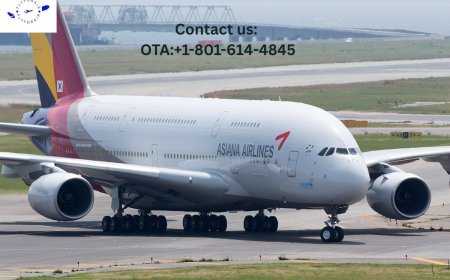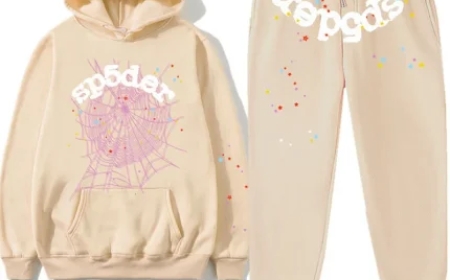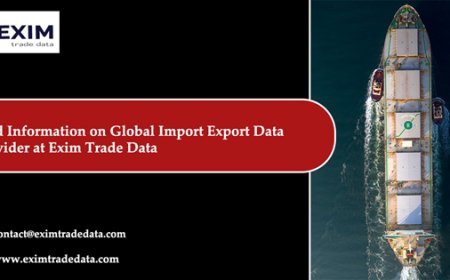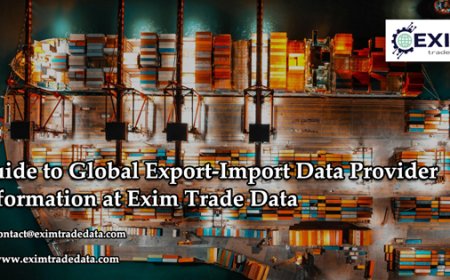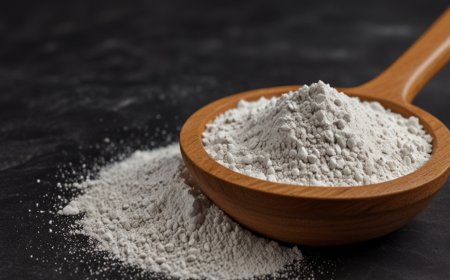Food Packaging: Comprehensive Guide to Materials, Types, and Innovations
Understanding the Critical Role of Food Packaging in Modern Supply Chains

Food packaging is far more than a protective wrapperit is a strategic component in food safety, marketing, sustainability, and shelf life extension. As globalfood packaging distribution expands and consumer preferences evolve, packaging has become a focal point in how brands differentiate themselves, reduce waste, and comply with health standards.
Types of Food Packaging and Their Applications
1. Flexible Packaging
Flexible packaging includes pouches, wraps, and bags made from materials like plastic films, foils, and paper laminates. This format is highly versatile, lightweight, and economical, often used for snacks, frozen foods, and dry goods.
Advantages:
- Lower transportation costs
- Customizable shapes and sizes
- Enhanced shelf appeal
2. Rigid Packaging
Rigid packaging involves containers such as glass jars, aluminum cans, PET bottles, and plastic tubs. These are essential for liquids, preserves, dairy, and carbonated drinks due to their strength and impermeability.
Key Benefits:
- High durability and strength
- Tamper resistance
- Reusability in some formats
3. Semi-Rigid Packaging
This hybrid packaging type balances flexibility and strength. Examples include thermoformed trays and blister packs. It's commonly used in pre-packaged meats, ready meals, and bakery products.
Highlights:
- Shape retention
- Clear product visibility
- Portion control functionality
Food Packaging Materials and Their Characteristics
Plastic
Plastics are widely used due to their cost-effectiveness, lightweight nature, and sealing capabilities. Materials such as PET, PE, PP, and PVC dominate the packaging landscape.
- PET (Polyethylene Terephthalate): Used for bottles, trays
- PE (Polyethylene): Ideal for films and pouches
- PP (Polypropylene): Microwave-safe containers
- PVC (Polyvinyl Chloride): Shrink wraps, blister packs
Glass
Glass is chemically inert and preserves flavor and quality, ideal for high-end and organic food products. Despite its fragility and weight, its premium aesthetic and recyclability make it a preferred choice for certain segments.
Metal
Metal packaging, especially aluminum and steel, offers superior protection against light, oxygen, and moisture. Common for canned foods, beverages, and aerosol products.
- Long shelf life
- 100% recyclability
- Strength against physical damage
Paper and Cardboard
Sustainable and biodegradable, paper-based materials are gaining momentum in eco-conscious markets. Ideal for dry goods, bakery items, and fast-food packaging, often lined with wax or biofilm for moisture resistance.
Innovations in Food Packaging Technology
Smart Packaging
Smart packaging incorporates sensors, indicators, and QR codes to enhance traceability, consumer interaction, and product safety. Time-temperature indicators (TTIs), freshness indicators, and RFID tags are leading developments.
Smart features:
- Real-time freshness monitoring
- Anti-counterfeit measures
- Interactive consumer experiences
Sustainable Packaging Solutions
The rise of sustainability has spurred innovations such as biodegradable films, compostable containers, and edible packaging. Companies are shifting to plant-based materials like PLA (polylactic acid), seaweed films, and mushroom-based foams.
Environmental advantages:
- Reduced carbon footprint
- Minimized plastic pollution
- Enhanced brand perception among eco-conscious consumers
Modified Atmosphere Packaging (MAP)
MAP technology replaces air inside packaging with a gas mixture (often CO? and nitrogen) to slow microbial growth and oxidation. Widely used in meat, dairy, seafood, and fresh produce.
Benefits:
- Extended shelf life
- Preserved texture and color
- Minimal use of preservatives
Regulatory Compliance and Food Safety in Packaging
Food packaging must adhere to strict regulatory standards to ensure consumer safety and prevent contamination. Compliance includes material testing, labeling regulations, and traceability requirements set by agencies such as:
- FDA (Food and Drug Administration) USA
- EFSA (European Food Safety Authority) EU
- FSANZ (Food Standards Australia New Zealand)
Key compliance factors:
- Migration limits of packaging materials
- Clear allergen and nutrition labeling
- Hygienic manufacturing practices
The Marketing Power of Food Packaging Design
Effective packaging not only preserves food but also communicates brand identity and values. A well-executed design influences consumer perception and drives purchasing decisions through:
- Color psychology
- Minimalist or premium aesthetic
- Functional convenience (easy-open, resealable, single-serve)
Trends shaping food packaging design:
- Eco-labeling and certifications
- Transparent and window packaging
- Bold typography and storytelling graphics
Challenges in the Food Packaging Industry
Despite advances, the food packaging industry faces several pressing challenges:
Environmental Impact
Plastic waste and non-recyclable multilayer materials contribute significantly to global pollution. Packaging solutions must evolve to meet zero-waste goals and circular economy frameworks.
Food Waste Reduction
Innovative packaging must help reduce post-consumer food waste through features like portion control, resealability, and spoilage indicators.
Supply Chain Disruptions
Material shortages, logistical delays, and fluctuating prices continue to disrupt packaging timelines and cost structures, requiring agile adaptation and localized sourcing.
Future Outlook for Food Packaging
The future of food packaging lies in adaptive, sustainable, and technology-integrated solutions. As consumers demand more transparency, convenience, and responsibility, manufacturers must innovate across every aspectfrom materials to design to digital integration.
Emerging trends include:
- AI-powered quality control
- 3D-printed packaging prototypes
- Reusable and refillable formats
Conclusion
Food packaging is a critical element in the global food industry, influencing everything from product preservation and logistics to marketing and environmental impact. As technological innovations and consumer expectations evolve, the future belongs to smart, sustainable, and user-centric packaging solutions that meet both functional and ethical demands.


